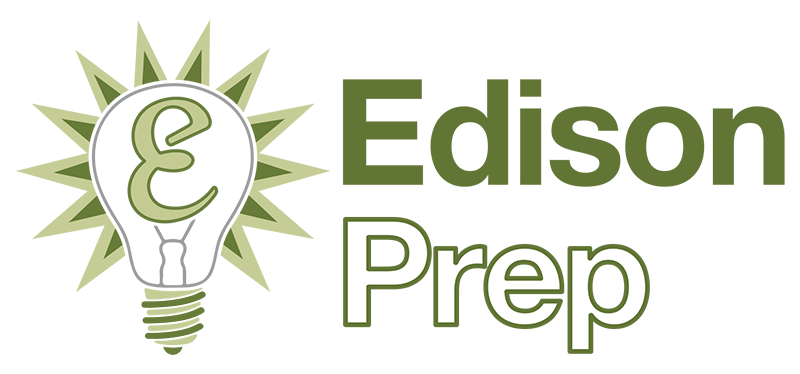What’s Your Number?” (AKA “How many questions am I allowed to miss for School X?”)
The SAT can be a mysterious test, especially if it’s your first time dealing with it. Students spend over four hours slaving over an answer sheet, and 20 days later a four digit score pops up online. Students and parents often feel a bit in the dark as to what that score means at commonly-applied-to schools and what those schools’ average scores are. But even that four-digit score is opaque.
Today’s blog post aims to boil it down to a much easier concept:
“How many SAT questions per section does the average student miss at School X? “
We analyzed a recently-released SAT test (May 2011) to see how many questions per section a student can miss if he or she wants to hit a school’s average SAT score. Take a look:

Main Takeaways:
1. On an average month, the average student in America misses approximately 52 of the 121 questions (two section) and 69 of the 170 questions (three section).
2. Most parents don’t expect Alabama’s average to be just 1.9 SAT questions per section away from UGA’s average. Think of this: the price differential between UGA using the Zell Miller HOPE Scholarship versus University of Alabama’s out-of-state tuition is $92,000. If a student’s GPA and other statistics are already good enough for UGA, that gap of 11 or 12 SAT questions can be viewed as worth $8,000 per question. (Often even more than this, since historically, only about 50% of students graduate in 4 years.)
3. The gap between ultra-high-ranking schools and high-ranking schools is not nearly as large as you would expect. Most parents do not expect Georgia Tech’s average to be a mere 5 questions away from UPenn’s average (an Ivy League school). They also don’t expect Tulane’s average to be 13 questions away from Harvard’s average.
4. You cannot omit meaningful numbers of questions if you are looking at schools in the US News Rankings’ Top 25. Those schools’ averages are often about 1 wrong/omit per section, so omitting 3 and acing the rest simply won’t work. “Over-omit syndrome” is very common when we first start with high-scoring students who are aiming for top 1-2% scores. Omitting 3 questions per section lops off 310 points before the game even begins.
Notes and Methodology:
1. For the calculations above, we assumed an essay score of 9 out of 12, which is very charitable, since a 9 is a top 17% essay score. (Detailed statistics on essay score frequency are located here.)
2. The May 2011 test that we utilized had a more charitable curve than most of the recent tests (see the full spectrum here.) We did not cherry-pick a terrible test date like January 2013.
3. For ease of use, we assumed that the student got the same score on each section (e.g. 500/500/500).
4. Data on score averages was gathered directly from university webpages and/or College Board’s “BigFuture” site. Averages are often not available, in which case the midpoint of the 25th/75th percentile range was used.









